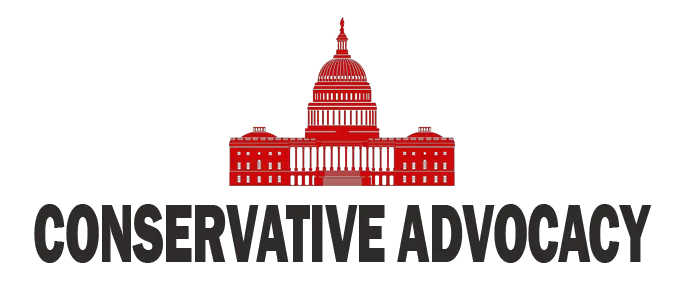In a daring move that has many people talking, Robert F. Kennedy Jr. has laid out a bold plan to phase out artificial dyes from the American food supply. This might sound like just another typical politician’s promise, but Kennedy is ready to take action for what he believes is a crucial battle for public health. The message is crystal clear: In four years, he envisions a grocery store where most of these colorful culprits will be a thing of the past, or at the very least, you’ll know exactly what you’re buying before you throw it in your cart.
With a smile and plenty of enthusiasm, Kennedy hints at an impending war against the food industry’s reliance on these artificial additives. Supporters are fired up, anticipating a time when vibrant cereals and candies are not tinged with neon colors derived from who-knows-what. It’s like bringing back the idea of “ugly” food compared to all those perfectly plastic-wrapped, hyper-colored snacks. Some might say it’s like putting makeup on a pig, but Kennedy argues it’s about providing consumers with the right information to make healthy choices. After all, when it comes to food, how much do we need to rely on artificial colors to make it appealing?
One of the big concerns that has emerged is the potential link between these dyes and behavioral problems, such as ADHD. It seems like everyone has a story of how their childhood breakfast cereals were vibrant, colorful, and often more sugar than substance. A few thoughtful voices on the conservative news channel convey their skepticism about unnecessary regulations. Dana, for instance, pointed out that while European food regulations are strict, they also don’t seem to negatively impact the quality of food. Perhaps there’s a balance that can be struck somewhere between over-regulation and no regulation at all.
One cannot help but chuckle at the humor sprinkled throughout the conversation, particularly when the topic of “ugly food” came up. The idea that people might actually prefer, or at least accept, food that doesn’t look as good—the kind that doesn’t come served in neon shades—appears to be a hard sell. But the reality is, if these artificial dyes harm health, just like Kennedy implies, many might find it worth sacrificing aesthetics for wellness. It raises an interesting question about why consumers have been so easily lured into a rainbow of color rather than focusing on what’s genuinely good for them.
As Kennedy continues to champion his cause, it’s clear many are rallying behind the idea of cleaner and safer food products. The conversation is provocative, and the responses reveal that feelings about artificial dyes vary across the board. There are debates about cooperation versus confrontation with companies, pushing the idea of greater transparency in food manufacturing. Whether people are ready for a food revolution remains to be seen, but one thing is sure: Kennedy is not shy about his mission to make food not just colorful but also truly wholesome. As the clock ticks down to his four-year goal, the nation will be watching closely to see if he can bring a little less color to the food aisle and a lot more clarity to what is on our plates.




